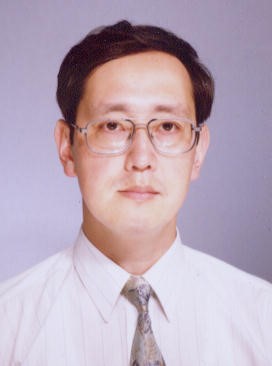报告题目:Polyorganosiloxane Macroporous Monoliths for Heat-Insulation, Separation Media and Supported Metal Nanoparticles
报告时间:2016.04.06(周三) 上午09:30~11:00
报告地点:紫金港校区•纳米楼330室
邀 请 人:杨辉、樊先平、郭兴忠
1. Poly(methylsilsesquioxane) Aerogels: Using methyltrimethoxysilane, MTMS, as a single precursor, monolithic poly(methylsilsesquioxane), PMSQ gels are prepared in the presence of surfactants via acid-base one pot reaction route. Through the preparation optimized for low-density, pure PMSQ aerogels are obtained to exhibit comparable properties with those of tranditional silica aerogels. Moreover, the monolithic PMSQ aerogels can reversibly recover to the original size when uniaxially compressed. Utilizing this “spring-back” property, PMSQ aerogels can be prepared by drying at ambient conditions.
K. KANAMORI et al., Chem. Soc. Rev., 40, 754-770 (2011) and J. Mater. Chem. A, 2, 6525-6531 (2014).
2. Marshmallow-like Macroporous Monoliths. As an extension of PMSQ monoliths, a co-polymerization of MTMS with dimethyldimethoxysilane, DMDMS, was attempted. With an increase of DMDMS/MTMS ratio, the Young’s modulus drastically decreased to give very soft reversibly deformable monolith (marshmallow-like monolith) with larger macropores. Due to its inherent surface hydrophobicity, the marshmallow-like monolith can selectively absorb nonpolar liquid from a physical mixture of oil/water.
G. HAYASE et al., Angew. Chem. Int. Ed., 52 (7), 1986-1989 (2013) and 52(41), 10788–10791 (2013).
3. Hydrogen-silsesquioxane Monoliths. The simplest silsesquioxane, hydrogen silsesquioxane HSQ, has been studied for a long time. Using the polymerization-induced phase separation technique, we have succeeded to prepare monoliths with well-defined continuous macropores while preserving all the Si-H bonds contained in the precursor. Liquid-phase contact of noble metal ions onto the Si-H resulted in an instantaneous formation of metal nanoparticles firmly immobilized in the mesopores of HSQ monoliths. An application of embedded noble metal nanoparticles to various catalytic reactions has proven excellent efficiency and recyclability.
N. MOITRA et al., Adv. Func. Mater., 23, 2714-2722 (2013); Langmuir, 29, 12243-12253 (2013); New J. Chem. 38, 1144-1149 (2014)..
 |
Kazuki Nakanishi副教授简介: |
欢迎广大师生莅临!
浙江加州国际纳米技术研究院
浙江大学材料科学与工程学院
中国硅酸盐学会溶胶凝胶分会
2016年04月01日

